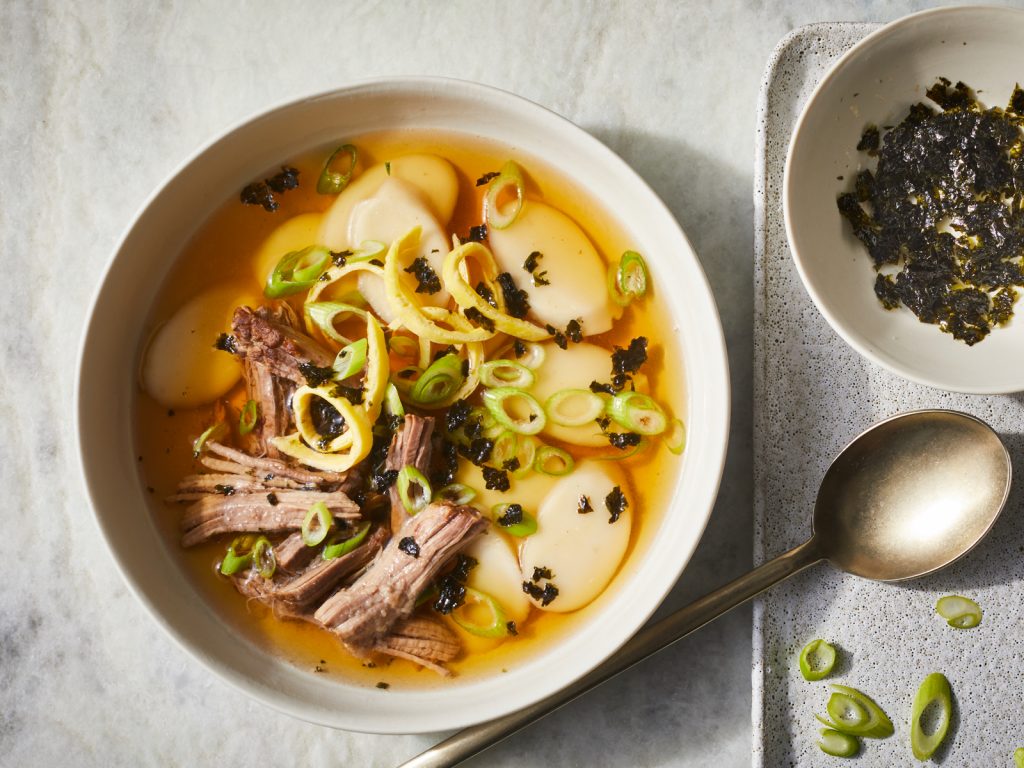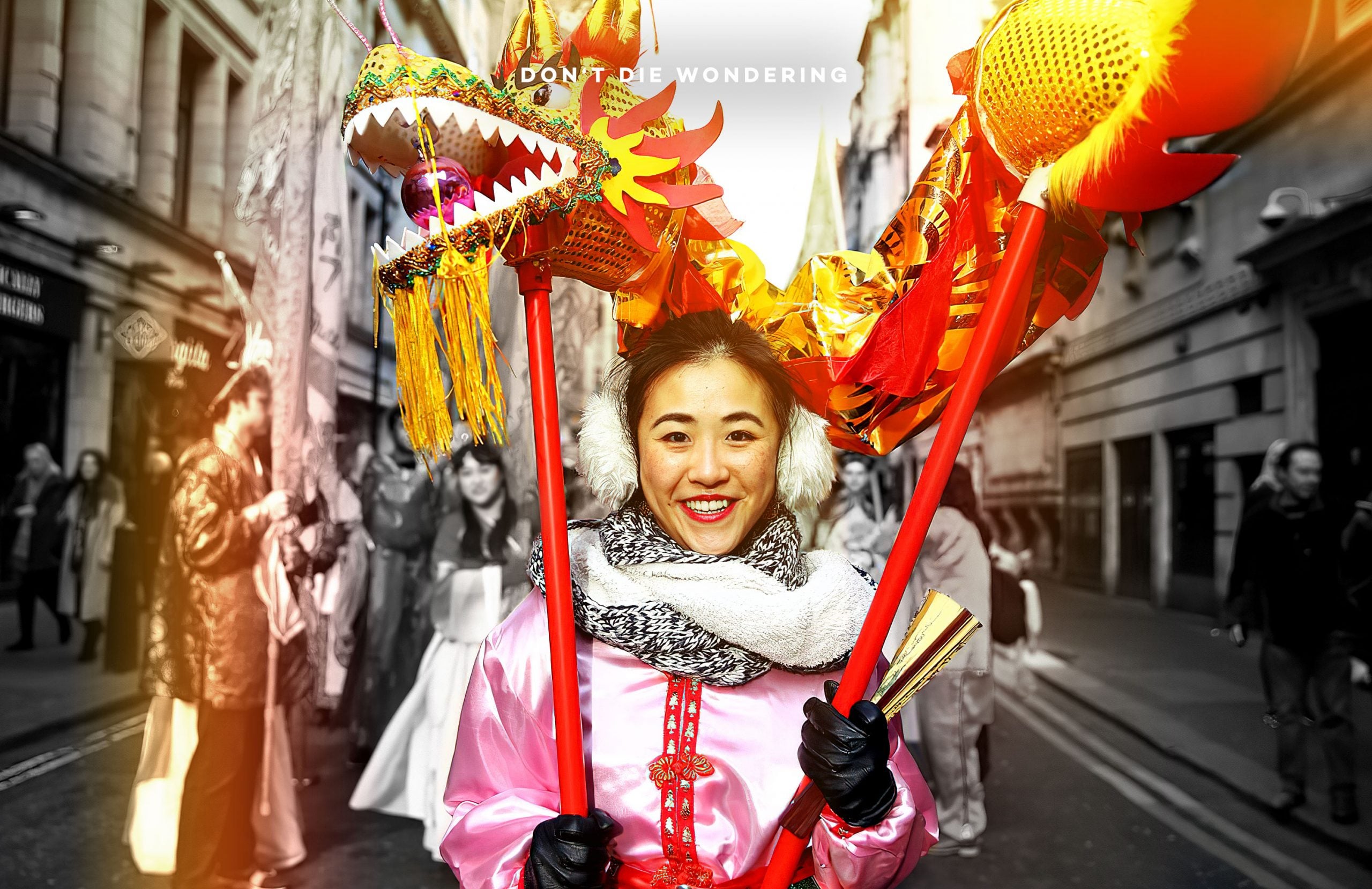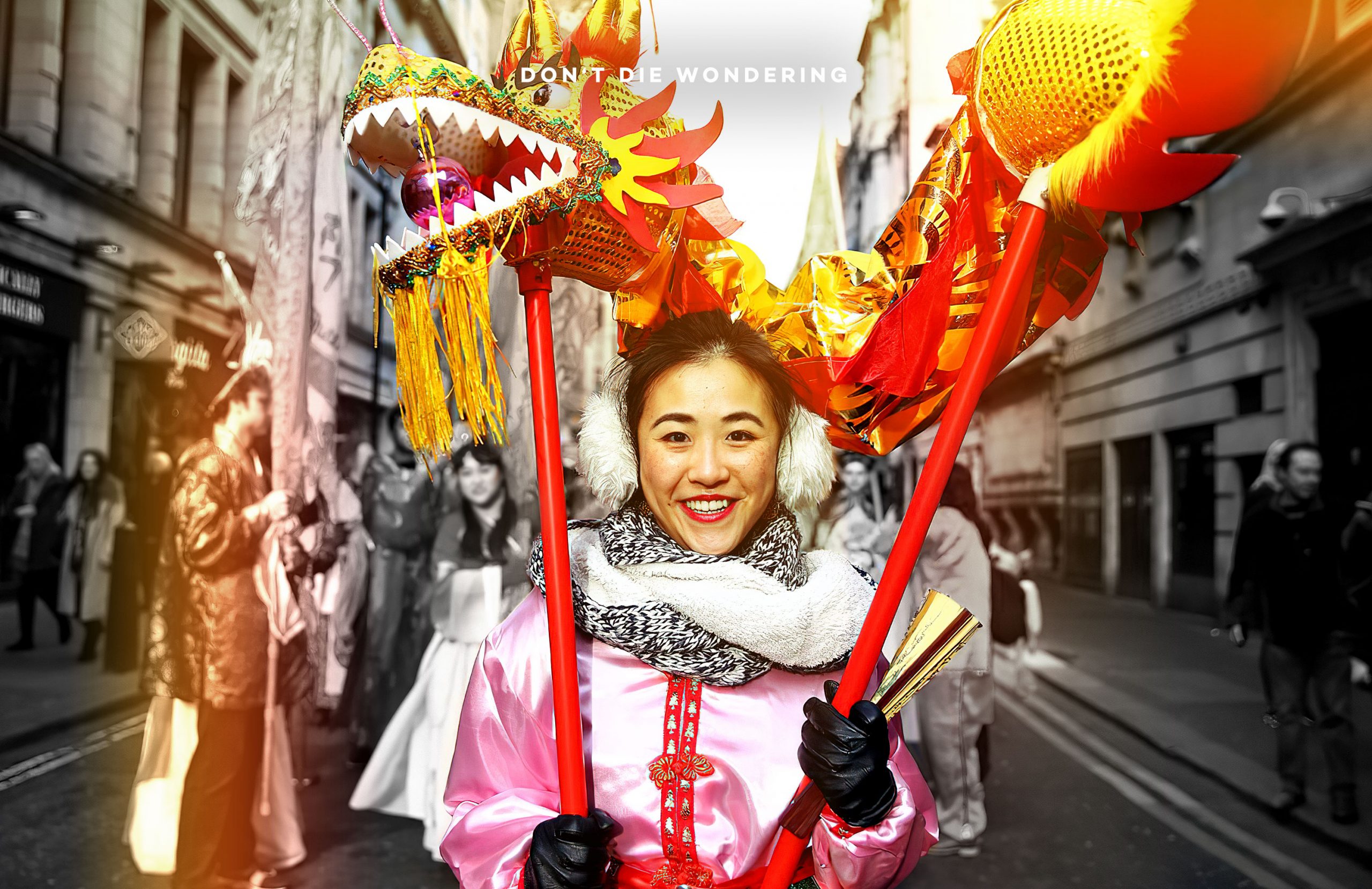Although it’s synonymous with the well-known Chinese New Year, Lunar New Year is the festival celebrated by many non-Chinese Asian countries and communities that begins with the first full moon of the lunar calendar.
Each year the festival takes place sometime between January 21st and February 20th, and in 2022 the Lunar New Year falls on February 1st and will run until the Lantern Festival on the 15th.
Many Western countries have adopted the Lantern Festival – London, New York and several other big cities have their own versions. But how do Asian countries celebrate Lunar New Year?
China
Chinese New Year sees the largest annual migration of people in the world as millions make the journey home to celebrate the festival with their families. There is a seven-day public holiday in the country running from January 31st to February 6th this year.
Families spend the holiday deep-cleaning their homes to clear any bad luck that is lingering from the year before, and exchange red envelopes containing money known as hong bao. Food is a huge element of the festival, with traditional steamed fish, dumplings, and rice cakes known as nian gao served during the feast, then rice balls filled with black sesame paste known as tang yuan for dessert.

The Chinese zodiac animal for 2022 is the Tiger, transitioning from the Ox in 2021. According to zodiac beliefs, people born in the years of the Tiger are courageous and active people who relish challenge and adventure. Famous Tigers include Leonardo Di Caprio, Megan Fox, Jim Carrey and Shawn Mendes.
Vietnam
Lunar New Year in Vietnam is known as the Tet Festival, and the entire country is lit up with beautiful decorations and festivities. People buy peach blossom trees, kumquat trees, and orange trees for their homes, while an incredible atmosphere can be felt through the streets of major cities like Hanoi and Ho Chi Minh City.
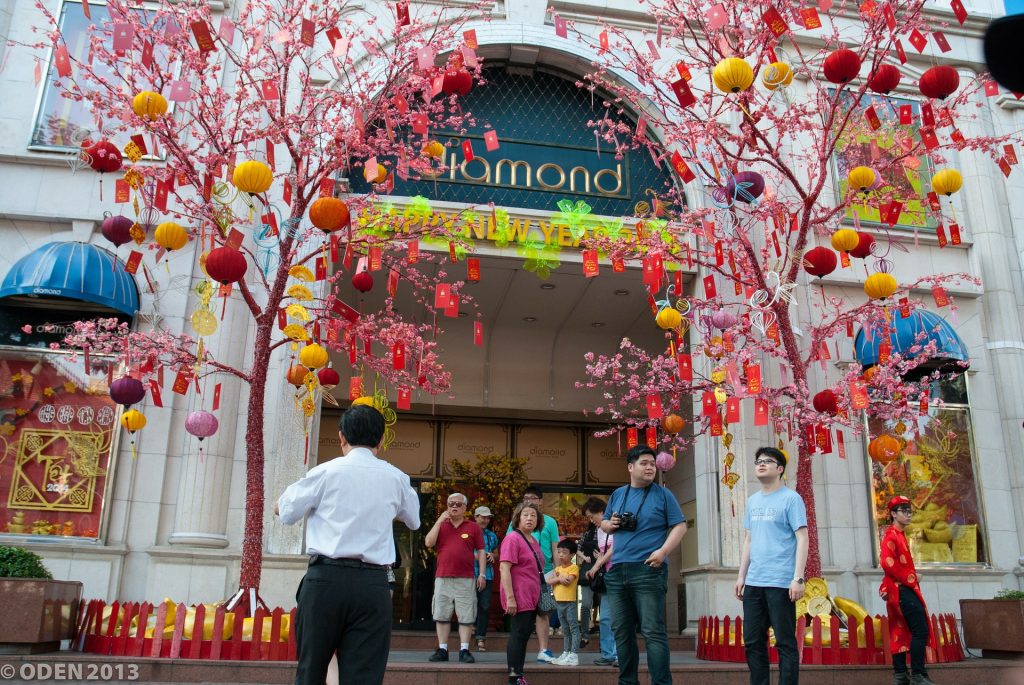
Vietnamese people also share red envelopes with money, traditionally gifted by older generations to children and young people. Tet is also a time of food indulgence for families, who serve up the most delicious feasts comprised of delicacies like banh chung, tightly-packed sticky rice wrapped in banana leaf, and thit ho trung, cubes of pork soaked in garlic, sugar, fish sauce, and coconut water.

Malaysia
For many Chinese Malaysians, one of the most significant cultural events of the year falls on the ninth day of the Chinese Lunar New Year: Pai Thnee Kong (in Penang) or Thnee Kong Sei (in Hokkien). Steeped in religion and culture, the festivities revolve around making offerings – anything from fruits and flowers to roasted pigs – to the Jade Emperor in order to celebrate his birthday.
Due to the sizeable Chinese Malaysian populations in Kuala Lumpur and Penang, the festival is particularly popular in both cities. Malls are packed with shoppers as it is custom to wear new clothes for the festival, and spectacular fireworks displays are accompanied by dragon dances in the evenings.
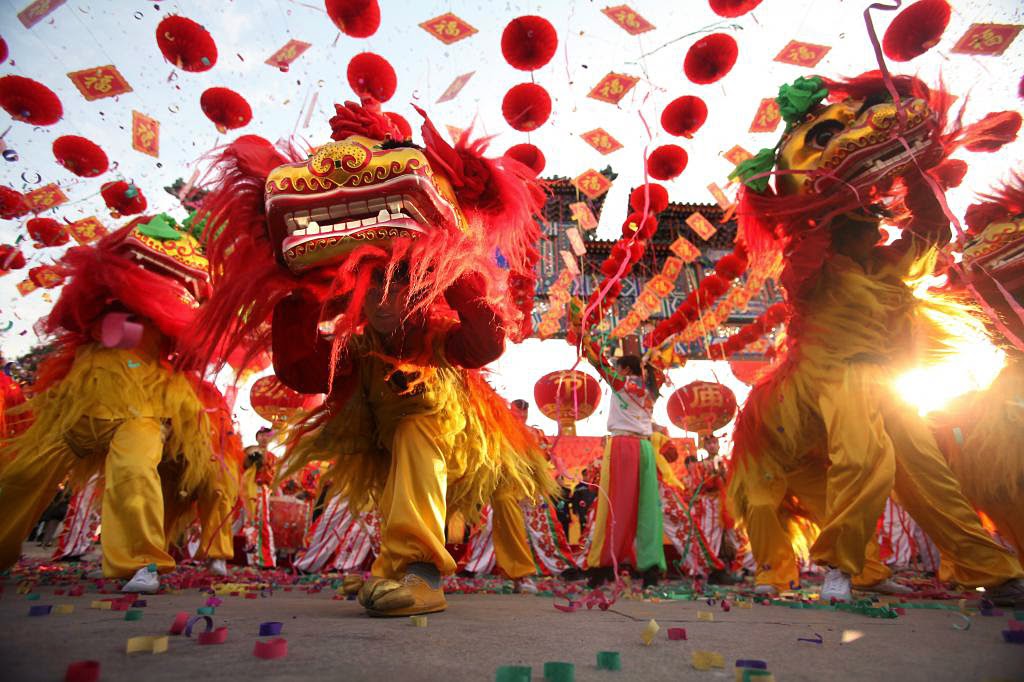
South Korea
Lunar New Year is known as Seollal in South Korea and usually lasts three or four days. It is one of the most important traditional festivals and, similarly to other Asian countries, it is all about getting together with your family. People wear the traditional hanbok, play games, and tell old folk stories.
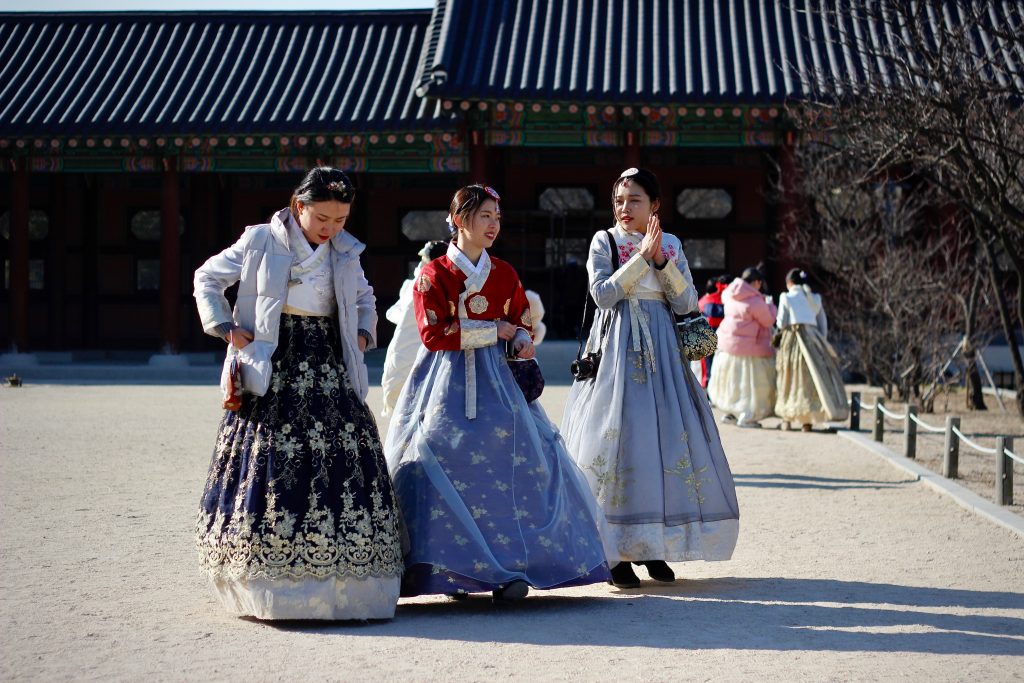
Traditionally, the younger generations are supposed to kneel on the ground and bow deeply in front of their elders to wish them a happy new year – an act known as sebae.
After receiving the bow from their youngers, elders usually bestow them with some money inside an envelope and say things like “I hope you stay healthy this year” or “I hope you get married this year”. One of the most important dishes to be eaten during Korean Lunar New Year is tteokguk – a soup made from sliced rice cake that usually contains seaweed and meat.
